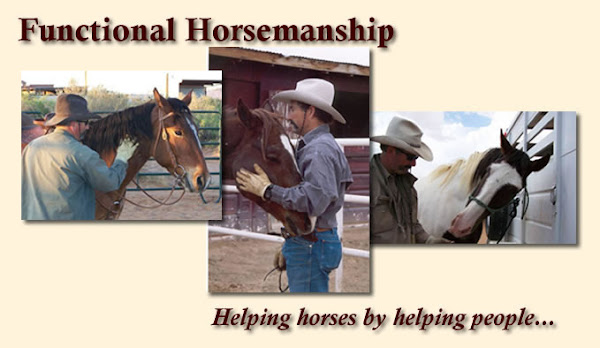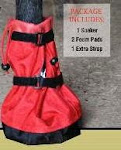I received a reader question who evidently heard me on a video talk about “creating energy” and wanted a better explanation then what they saw on video.
It may be easier to explain, first of all, what “creating energy” is not. It is not jerking on the lead line or going ballistic when a horse fails to understand what you are asking. That phrase needs to be repeated.....”when the horse fails to understand what you are asking.” And this failure is almost always, if not always, the fault of the person and the responsibility of the person to correct. The horse isn’t born into this world understanding how to get along with mankind.
Horse’s read body language well,.....much better than we do and much better than most of us give the horse credit for. Watch how horses interact in the coral or pasture. You see a lead mare do nothing more than pin it’s ears and another horse will get the message and give it some room. If the offending horse doesn’t get it, the lead mare will move it’s head towards the offending horse and thus “creating some energy” to make the point.
Creating energy can come from voice commands, with a change to the inflections and loudness, but more often needs to be based on body language. That’s why sudden movements will often make a horse flinch. The best examples and maybe best uses for creating energy are when lunging a horse or backing horse. On the video below I am trying to demonstrate how an increase in body language,....a more deliberate and stronger movement,….can influence a horse when lunging him or backing him up, without causing anxiety by jerking on a lunge rope or lead line, or putting too much physical pressure on the horse.




















